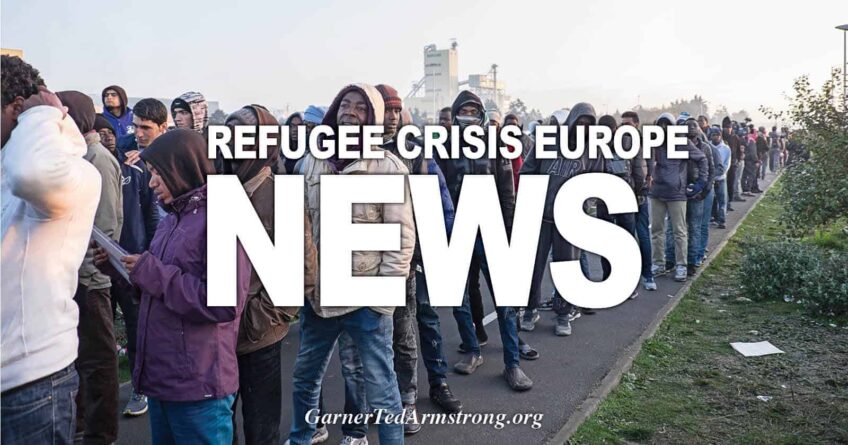The numbers of migrants who were intercepted by Libya’s coast guard while attempting to cross the Mediterranean almost tripled in 2021 compared to the year before, according to the UN.
“As of December 14, 2021, the Libyan coast guard had intercepted 30,990 migrants and refugees and returned them to Libya, almost three times the total number of people returned in 2020,” wrote UN Secretary General António Guterres in an internal report to the UN Security Council.
According to UN figures, in 2020, 12,000 migrants were officially intercepted by the Libyan coast guard and returned to Libya. The actual numbers of those detained in Libya is estimated to be much higher.
The numbers of those reported dead and missing on the Mediterranean route between North Africa and the EU also increased. According to figures from the UN Migration Agency IOM’s Missing Migrants Project, more than 1,300 people were reported dead or missing on that route in 2021. That makes the Mediterranean route one of the most dangerous migration routes in the world.
Also read: Libyan coast: More than 160 migrants died in crossing attempt
Mediterranean arrivals
The numbers of those who reached countries like Italy, Malta and Spain from North Africa also rose in 2021. Across the whole of the Mediterranean, which also includes those arriving from Lebanon and Turkey via Greece and Cyprus, as well as those arriving in Italy, Spain and Malta, 2021 saw 122,485 arrivals. The UN also registered 1,971 people dead or missing.
According to the UN Refugee Agency UNHCR’s figures, the numbers of those arriving in 2021 had returned almost to pre-pandemic levels. In 2019, 123,663 migrants arrived in the Mediterranean and 1,335 were reported dead and missing.
The numbers of those dead and missing are thought to be much higher than the official figures suggest, since many migrants do not tell their families when they are about to make a crossing, or even where they are. Migrants who have made it have told InfoMigrants that often they don’t want to admit to their families and friends how bad their situations really are, so sometimes their families might not hear from them for months on end.
Migrant nationalities
The IOM’s migrant flow monitoring website shows that the majority of migrants arriving in Europe in 2021 came from Tunisia (15,675). Moroccans accounted for the next largest group (14,015). Migrants from various countries in Sub Saharan Africa were next (13,491) and Algeria and Egypt, followed by Bangladeshis. Those from Iran, Ivory Coast, Afghanistan and Iraq accounted for the rest of the top ten arrivals in descending order.
Also according to the IOM, 2017 was the last time that Europe saw so many people migrating through its borders. In 2017, arrivals stood at 187,499 and in 2016, 389,976. The great majority of people arriving that year came from Syria.
In 2021, the Italian authorities registered more than 67,000 arrivals. Spain registered over 43,000 new arrivals, the vast majority, as in the case of Italy, arrived by sea. Spain’s figures also include migrants arriving over the Atlantic route from West Africa towards the Canary Islands.
With dpa and AFP
[Disclaimer]









